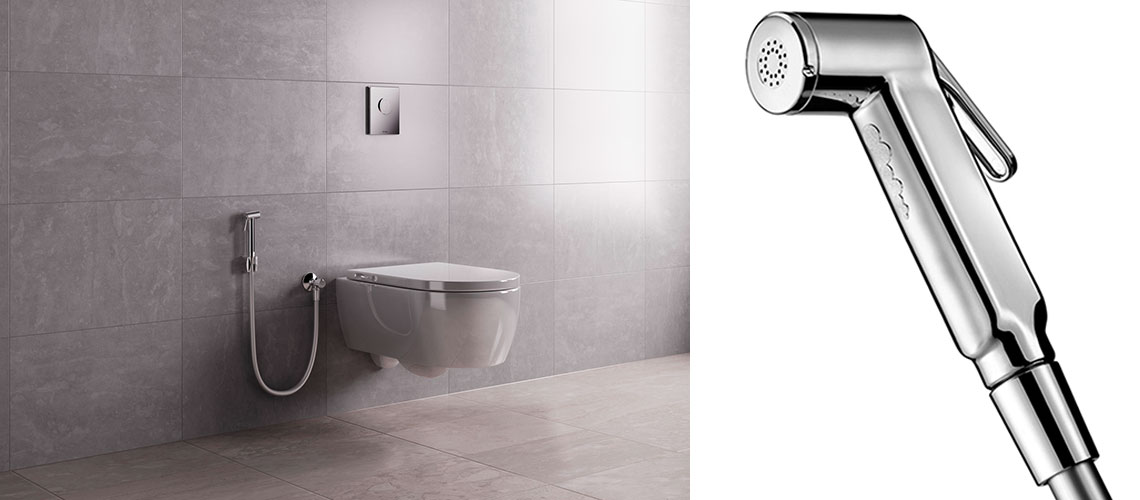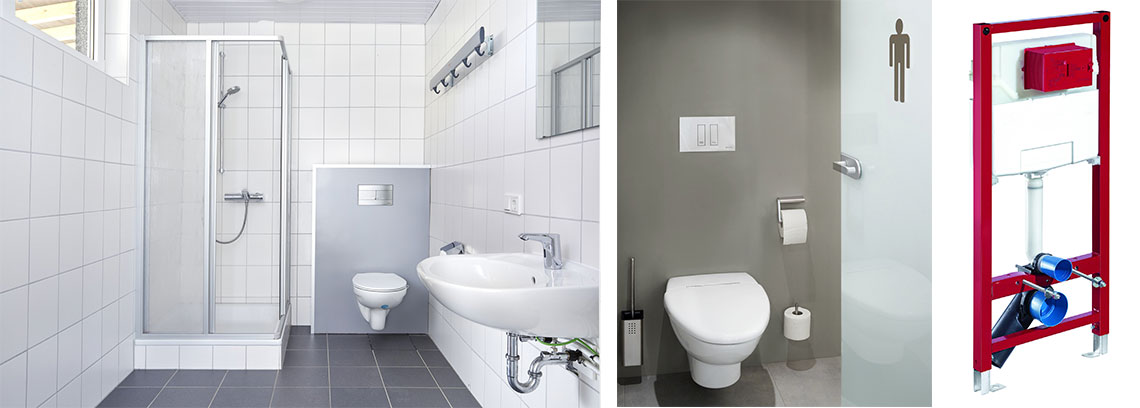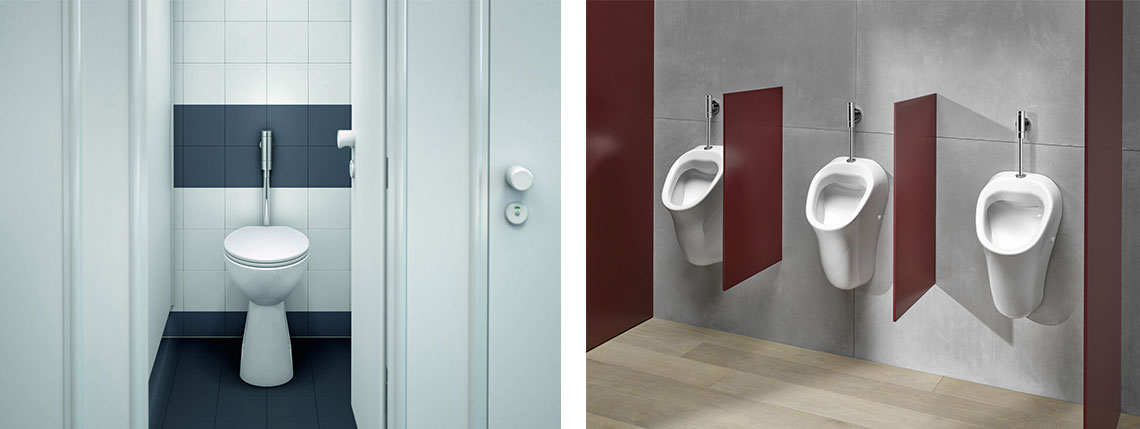Surprises big and small: a traveller’s bathroom experiences
A trip to the loo around the world can be much more varied than one would expect. In some South American countries, for example, an entirely novel WC experience awaits visitors from Europe. The sanitary situation presents a particular set of challenges here, as piping cross-sections are much narrower than in Germany. As a result, the system can get clogged up much more easily, which is why toilet paper must never be flushed down the toilet. Instead, it is collected in waste bins and disposed of separately.
Things get decidedly more athletic in many Asian countries and parts of the Middle East. Squat toilets – which are tub-like ceramic fittings recessed into the ground – are still in widespread use here. The toilet is flushed using a flush valve or water from a bucket. Alternatively, a hose may be provided that is connected to a standpipe next to the toilet with a rotating flush valve. This kind of toilet can still be encountered even in parts of Europe.
India was long seen as playing catch-up in terms of sanitary hygiene. A high incidence of outdoor defecation, endemic cholera and polluted rivers all painted a negative picture of the world’s largest subcontinent. Things have been changing since the mid-2010s, however, with the government funding the installation of 100 million new toilets.

![[Translate to English:] [Translate to English:]](/fileadmin/_processed_/1/b/csm_symstemloesungen_e2_thumb_6bca267f26.jpg)
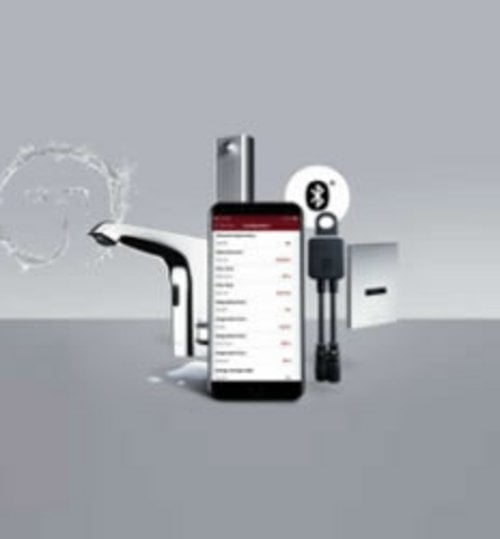
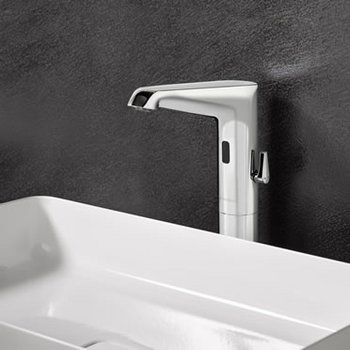
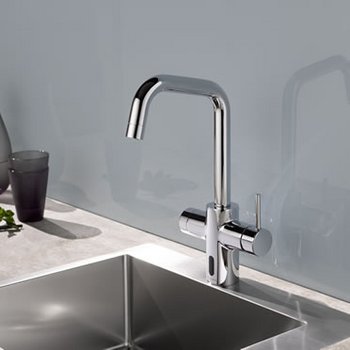
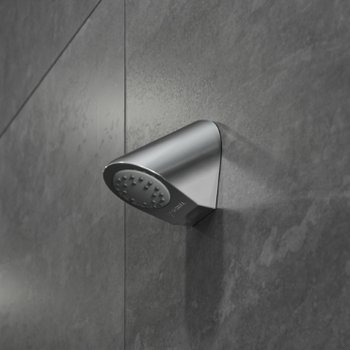
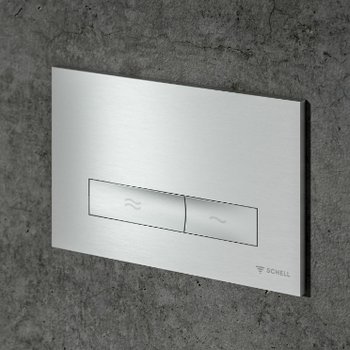
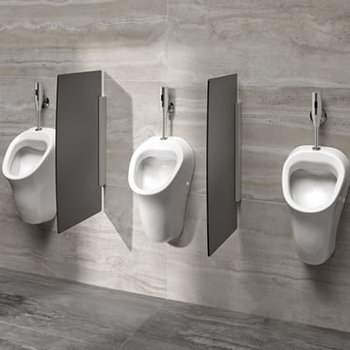
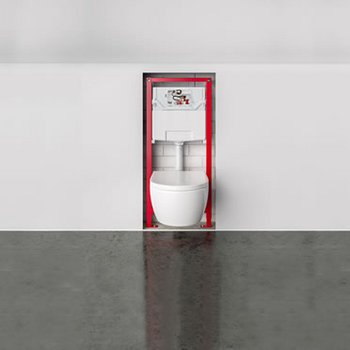
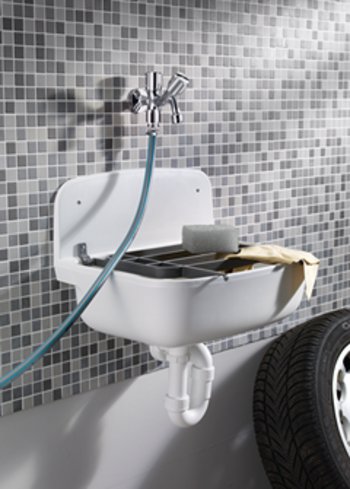
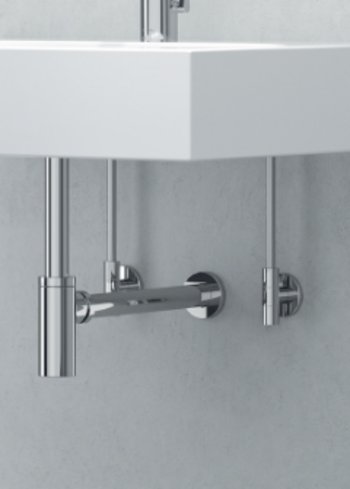
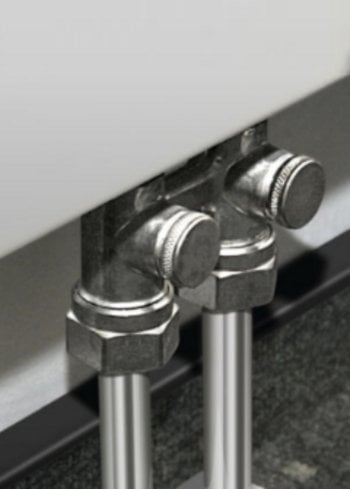
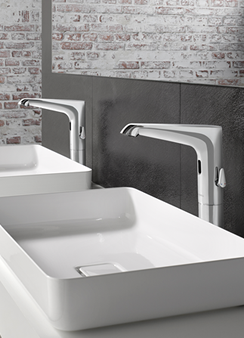
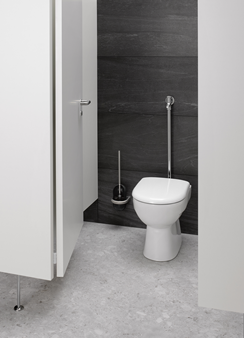
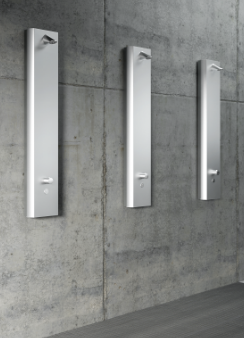

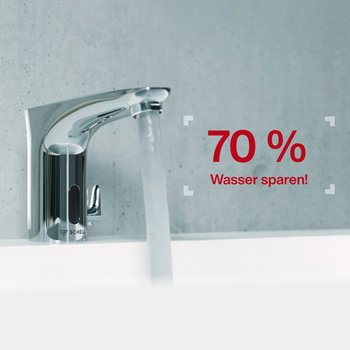
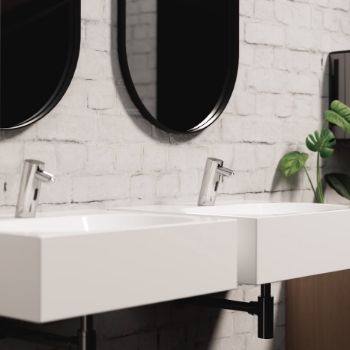

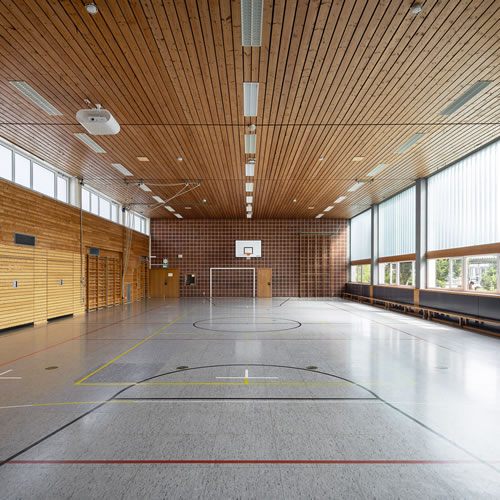
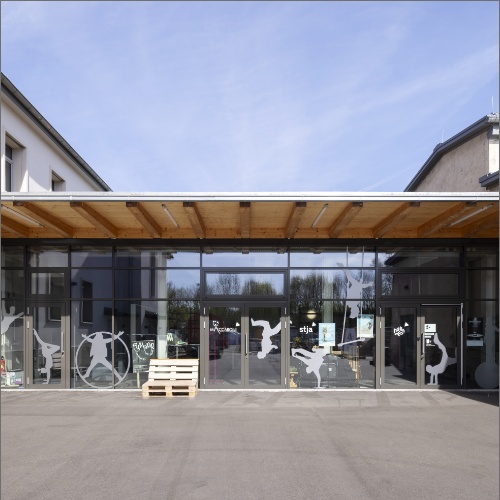




![[Translate to English:] [Translate to English:]](/fileadmin/user_upload/images/menu/menu_service_downloads_broschueren.jpg)
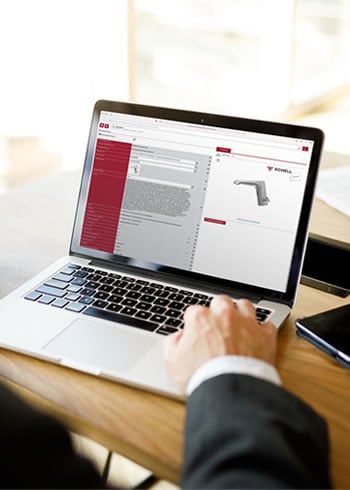



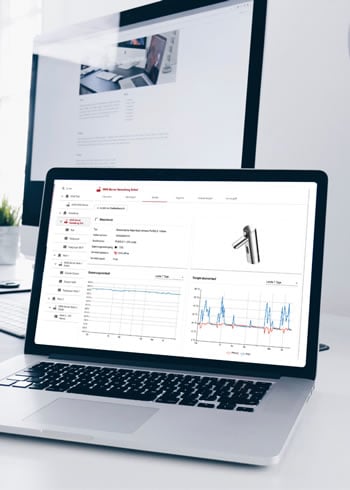


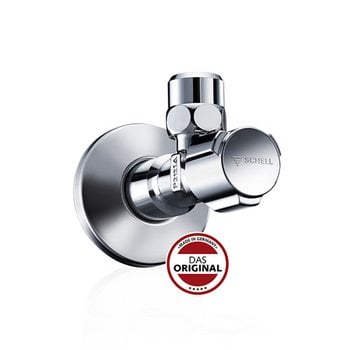
![[Translate to English:] [Translate to English:]](/fileadmin/_processed_/7/7/csm_menu_unternehmen_ueber-schell_awards_f6cec25b1d.jpg)
![[Translate to English:] [Translate to English:]](/fileadmin/_processed_/a/0/csm_menu_unternehmen_ueber-schell_wasser-sparen_41036d2dd9.jpg)





